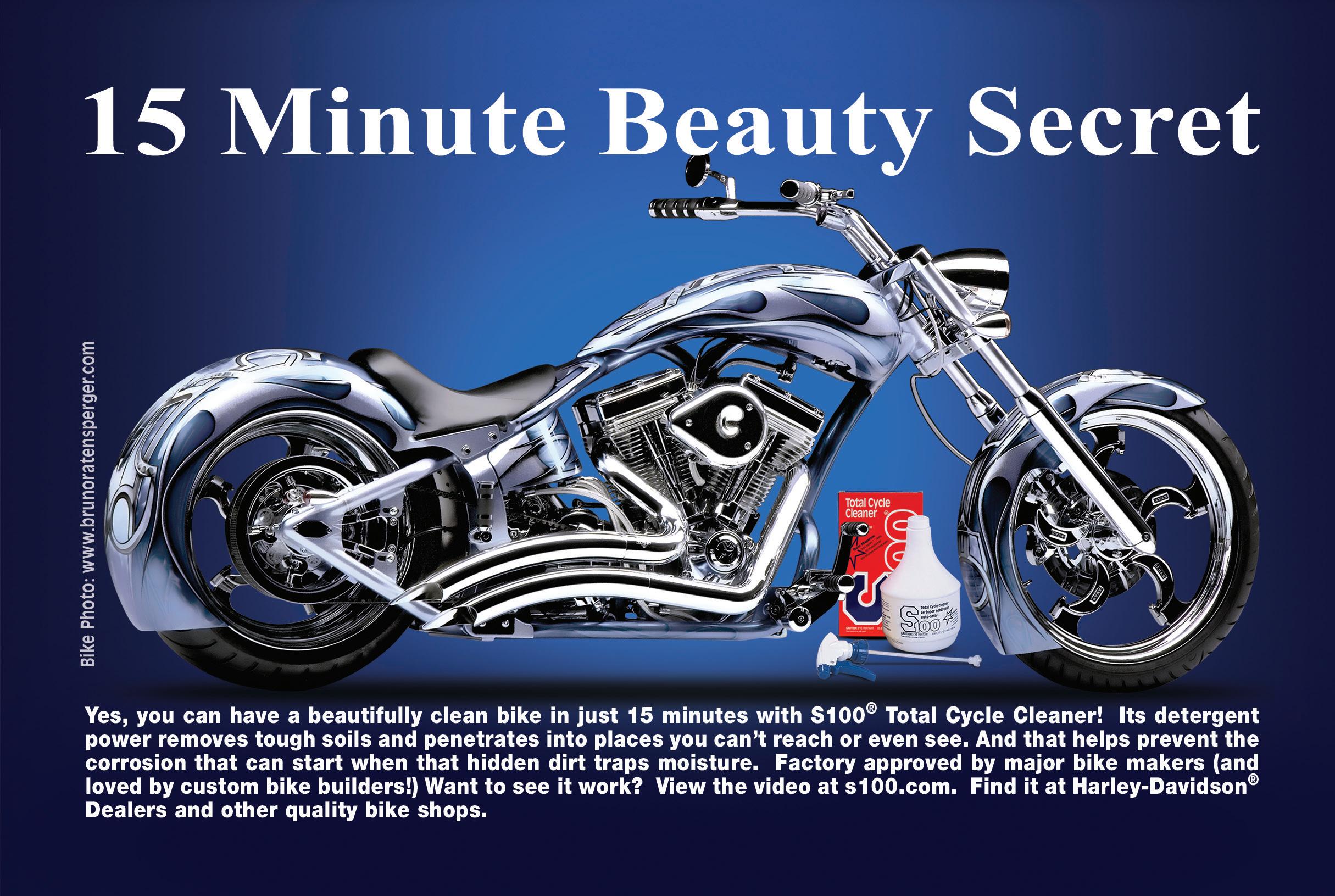
10 minute read
ISDE INSIDER
ISDE INSIDER Getting the Call
RACHEL GUTISH
J
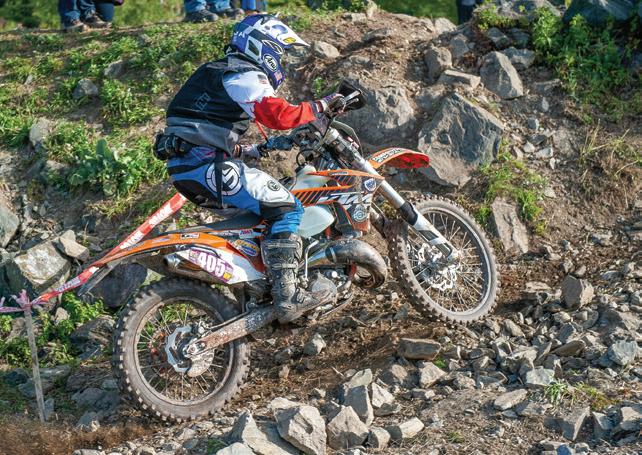
ust competing in the International Six Days Enduro (ISDE) is the thrill of a lifetime. But actually winning it, as Brandy Richards, Britney Gallegos and I did last year? It’s difficult to even describe, and unless you’ve been there, even harder to understand.
The ISDE is more familiar to the U.S. motorcycle community now than at any time since On Any Sunday was playing in theatres, yet few know how much goes into the event — or what it takes to make the team.
And I’m not talking about the army of worker-volunteers who spend their vacation time supporting the team; the endless miles spent walking track sections; the grueling hours on the bike; or even the challenge of navigating narrow mountain roads with a standard-transmission van and no comprehension of the native language.
I’ll get to all that eventually in these pages over the next few months as I share the process of preparing for the 2022 ISDE in as close to real time as possible. The twist to all this is that I’m actually not on the 2022 team yet, as I’m recovering from major elbow surgery. So the coming months should be interesting to say the least. Will I get The Call (a phone call from an AMA representative) as I did last year? Hard to know.
I first raced the ISDE in 2012, at age 16. I remember answering the phone and hearing Jay Hall offer me a spot on the team like it happened yesterday. I got a jolt of adrenaline like I was already racing, and spent the next few months giddy with excitement.
I also remember Day Three like it was yesterday. Trying to pick up my bike on a slippery mountain slope in the rain, with what I thought was a broken leg, knowing that I had 90 more miles to survive if I wanted to finish and not be a disappointment to my team and country. While ISDE Germany was incredibly difficult and largely pure misery, it didn’t scare me away.
So here I am, 10 years later, preparing for what will (hopefully) be my seventh ISDE. And as I did back then, I nervously await The Call. Given my performance last year, it’s safe to say that if I recover as expected, I’ll be on the team…but the LOI is still no guarantee. The only peace of mind it gives is knowledge that the selection committee is at least considering you.
Enough Trophy riders have signed LOIs that we can field all three Trophy Teams for this year’s event in France, though it was harder than usual due to French COVID-19

PHOTOS: SHAN MOORE
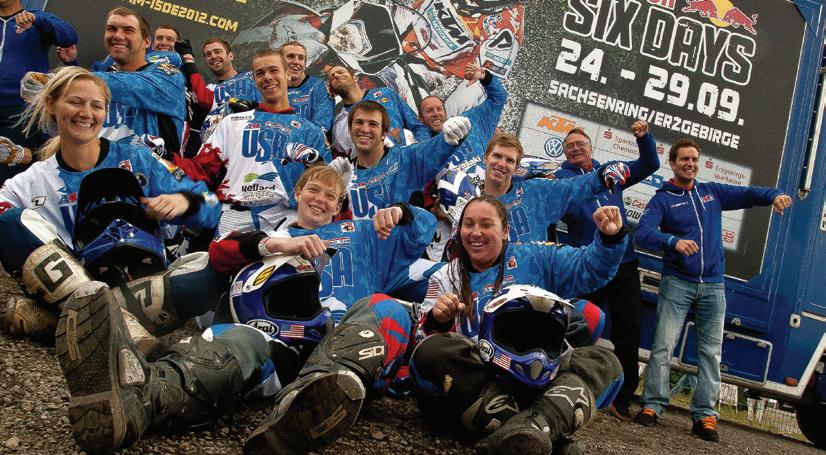
Rachel Gutish, who is currently riding for the Bonanza Plumbing/GasGas/Spyke’s/RG racing team, pictured here at her very first ISDE in 2012 when she was just 16 years old.
If you’re a top Club rider, getting selected is a formality, not a surprise. The selection rules are clear; if you finish in the top seven in the AMA East or West Qualifier series points, you will get The Call. Four more riders from the combined series points are selected as “wild cards,” and for riders on the bubble, just a spot or two outside the magic numbers, it’s nerve-wracking. Quite often, someone ahead in line will turn down the spot or get hurt. Or not. Either way, it’s a roller-coaster of stress and hope.
While I haven’t gotten The Call yet, I am on the short list. In early March, our team manager asked me to sign a Letter of Intent (LOI) form. The LOI is an agreement to comply with AMA and FIM rules, plus the host country’s regulations. It is also a commitment that, if I am selected, I will attend. restrictions. Now comes the tricky logistics of getting 31 riders, their bikes and all the support staff to France one week before the event, but we’ll cover that later.
As for me, I’m writing this piece one week out of surgery, and 15 minutes out of my most recent PT session. Once I finish writing I’m headed to the stationary bicycle. And that’s what my next month or so will look like: doing everything possible to be ready to race once I’m fully healed. Many of the other riders are out actually racing.
But either way, all that’s left to do is anxiously await The Call.
Rachel Gutish is an AMA GNCC racer and has represented team USA at the ISDE six times.
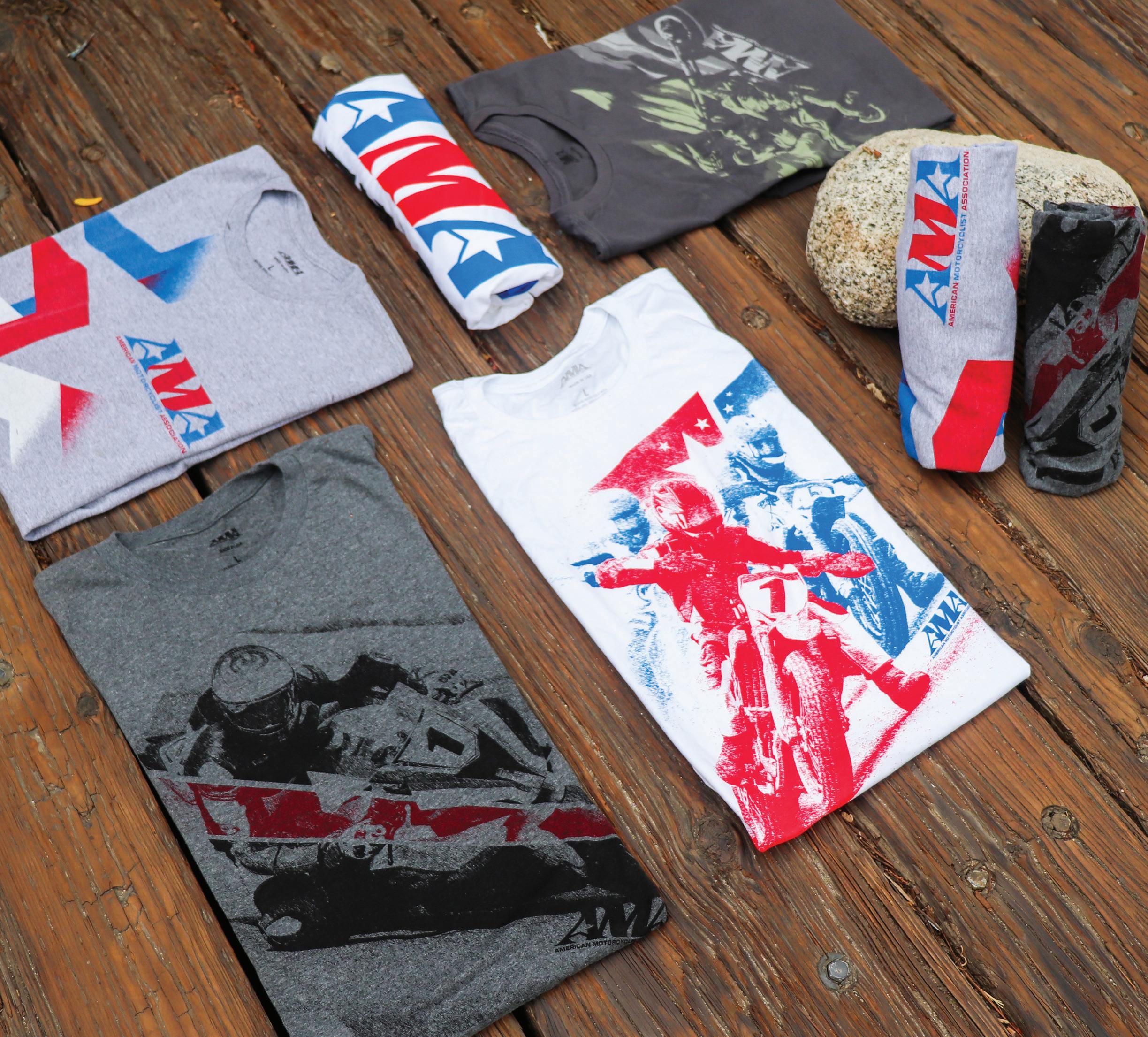
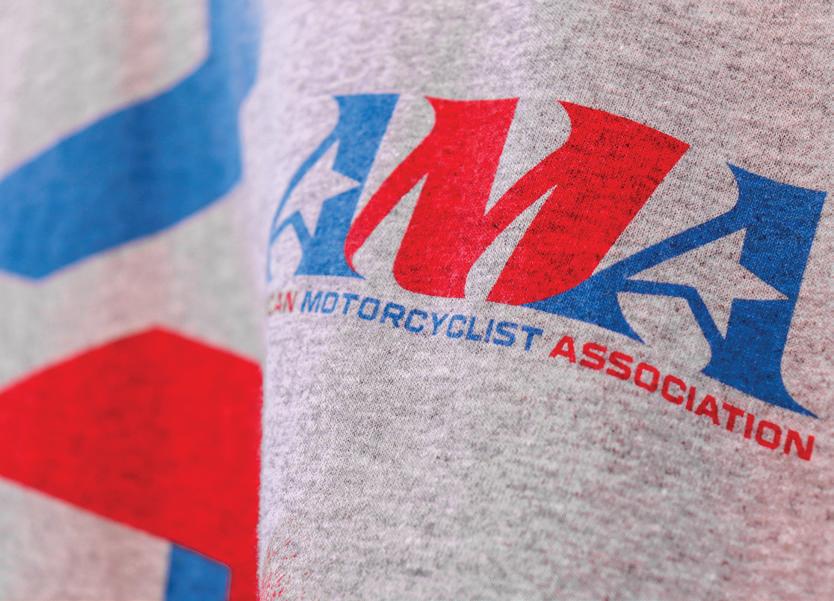
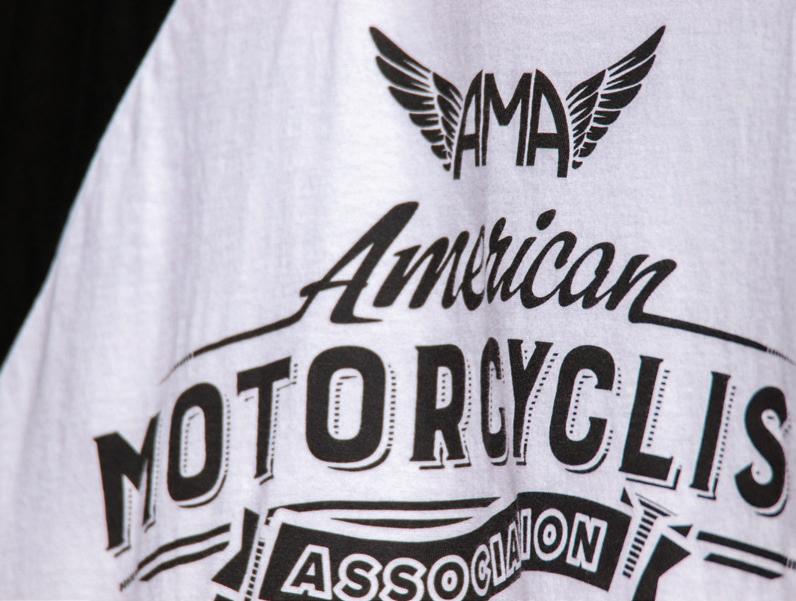
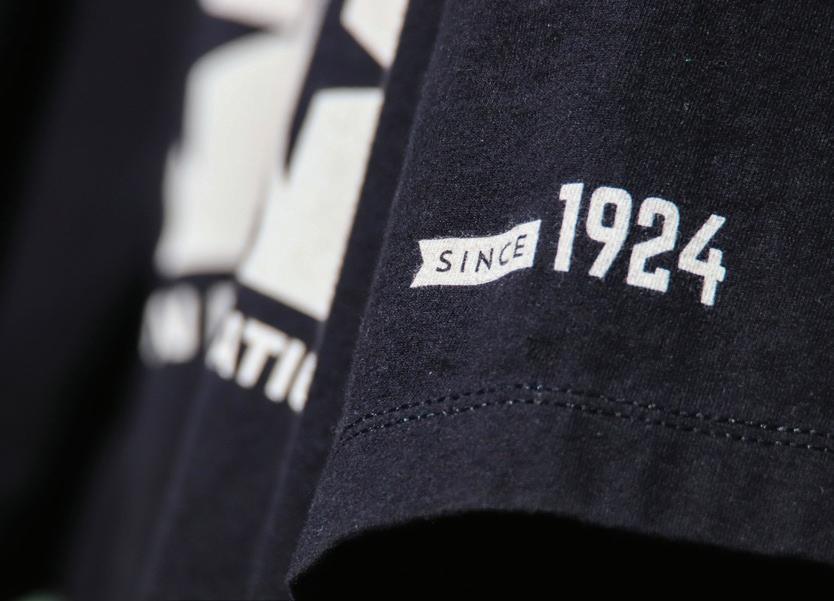
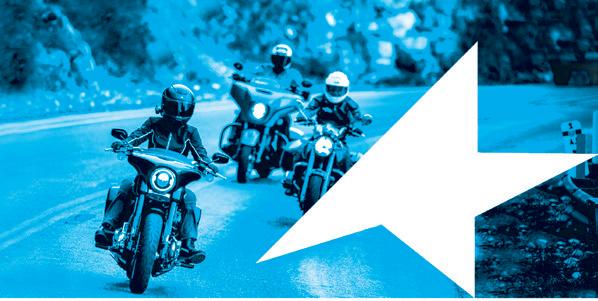
BACKFIRES
CRINGE-WORTHY, INDEED
Having been involved in the automotive business for 37 years and the last four in safety technology, Ms. Burgess is correct in her concerns regarding this technology. Regardless of what the automotive manufacturer’s claim, this technology is not well proven with regards to motorcycles. I have recently been field testing these systems in the real world. Being a motorcyclist myself, I have purposely searched out motorcycles where the conditions are safe for the motorcyclist and can report the systems are lacking. The side detect systems will detect a motorcycle about 75% of the time. The front detect systems detect a motorcycle about 25% of the time. Remember, these are typically under ideal conditions. Less-than-ideal, and the numbers drop. Again, Ms. Burgess’ concern that these systems will lure automobile drivers into paying less attention is correct. I am not saying that at some point these systems may not be made more reliable in detecting motorcycles, but at this time they are far from it, and as a motorcyclist myself, that concerns me.
Brian Urbach AMA Life Member
A large and hearty thank you to Joy Burgess for her recent piece on distracted driving and the media’s assistance in encouraging such behavior. I hadn’t given much thought to the Taco Truck commercial, but the first time I saw the We Will Rock You ad I was, as another well-known rock tune says, Thunder Struck! It’s bad enough we have umpteen things vying for our attention behind the wheel, but the auto industry cheering such bad behavior on is even worse. I am a firm believer in “help” technology, but when you apply it to a seemingly perpetually distracted younger crowd, then who is really behind the wheel?
I’m also a bit surprised the insurance industry hasn’t jumped in with both feet here, as they’re the ones who’ll be paying out bigger settlements — and jacking up rates to compensate. If FB, email, text, makeup or any of the other many distractions are too much to resist, then please, for the love of humanity, use Uber, Lyft, Taxi, or take the bus. Anything but put your distracted butt behind the wheel of a multithousand-pound death machine.
Norm Spafard
I’ve just read Joy Burgess’s Cringe-Worthy column in the April issue and, although I’ve not seen either of the commercials she mentioned, I fully agree with her statement, “I can’t help but think all this new technology is just a bandaid for distracted driving,” in addition to the statements that followed.
It was so refreshing to notice zero cell phone usage while on a weeklong motorcycling trip to the Alps a few years ago, where obviously Europeans actually take driving seriously. The reality of travel in the U.S. was depressingly crushing as soon as I left the airport upon returning home.
John Weicht Charter Life Member # 639374
THE JOY OF JOY
Thanks to Joy Burgess for her two excellent articles in the April 2022 issue! She addressed the elephant in the room with her insight on “Cringe-Worthy Commercials.” It’s no surprise younger and/or newer riders have so much fear trepidation about riding on public roads. Many times in the last few years I’ve considered giving up street riding. A few years back I even took an off-road class
LETTER OF THE MONTH
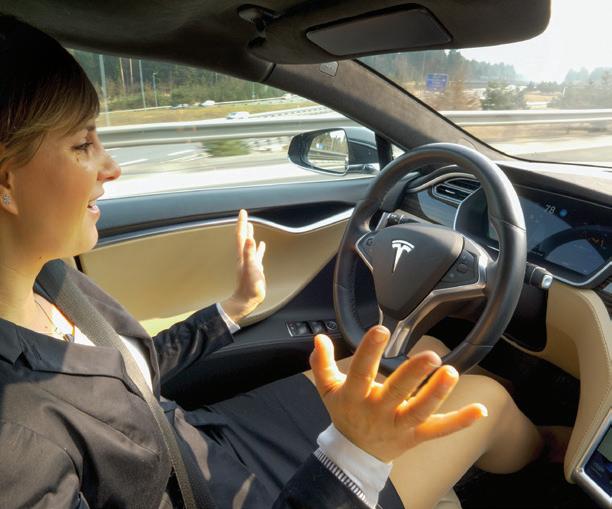
MORE CRINGIE-NESS
Joy Burgess’ Cringe-Worthy Commercials column was absolutely spot on. Hand-held cell phone use is literally out of control; it’s the pandemic nobody wants to talk about. It’s also the reason I ride with a GoPro rolling whenever I’m on my bike. It’s not uncommon for me to video 75 to 100 people an hour worshiping that Apple iGod glued to their palms. I’ve written every elected official in the State of Florida, all to no avail. The saddest part is that most do so in a vehicle that has Bluetooth or Apple Car Play or Android Auto built into their car. They simply refuse to use the technology. So called “self driving” technology is not the answer. Addiction counseling, along with much tougher penalties, are a good start. Thank you for sharing this and please keep articles like this coming. This affects every motorcyclist on the road, no matter where you live.
R. Hendrick AMA Member 5082391
Letters to the editor are the opinions of the AMA members who write them. Inclusion here does not imply they reflect the positions of the AMA, its staff or board. Agree? Disagree? Let us know. Send letters to submissions@ama-cycle.org or mail to American Motorcyclist Association, 13515 Yarmouth Drive, Pickerington, OH 43147. Letters may be edited for clarity and brevity.
to see if I would like that better, but I think my mid sixty-year-old body may object to the rigors of that sport.
I also read with great interest her articles on Moto GP Medics and the AMA Supercross Medic Rig. It was great to hear firsthand the experiences from these medical students and the training they’re experiencing. It was also an eyeopener to read how much trackside care has advanced, and the dedication to that care by many who have been around for some time.
Keep up the great work! The magazine is just awesome, and I enjoy reading about all varieties of our sport even if I’m only a street rider. The off-road riding will have to wait until my next reincarnation, I guess.
Patti Blaskovic Kirtland, Ohio
LANE SHARING As a second-generation native Valley dude who’s been fortunate to have lived in Southern California for most of my life, and who has been on two wheels longer than I can remember, I’d like to let people know that the “California Model” mentioned in the April issue’s Up To Speed piece has been in place for decades, silently supported by CHP so their air-cooled Harleys wouldn’t overheat sitting still. While it has just been recently codified by the CHP and DMV, we have enjoyed the benefits for a long time.
I read with interest about the efforts in other states. Education is key. California drivers expect us to “split/ share/filter.” CalTrans has helped as well with some of its “generous” (more room) striping. Meanwhile, while traveling back east last summer and coming across accident/ construction backups, nobody “opened their doors” on me as I used my 40-plus years of California training to get out of their way. Call it whatever you want, but States need to look and see decades of success based on common sense and, since the CHP and DMV spoke up, public education.
Tim Hansen Member #389628
I’ve never heard of an organization that wants to see its members with broken legs, brain injuries or just dead. I have been riding and commuting in NYC for years, and have never been hit from behind. If you ride correctly and defensively, and check your mirrors (and modify your turn signals to have them blink with the brake light to alert drivers behind you), you will not get hit from behind. But when you lane split, all it takes is for a vehicle to suddenly change lanes, and then you’re down.
Jayson Levitz
Well, there it is! Total factual evidence! “It hasn’t happened to me, so it won’t happen to you!” Most folks have never been hit from behind, but it does happen, and it ain’t pretty. If you’re willing to trust other drivers with smartphones and touch screens and increasing inattention, feel free. Lane sharing is a choice, and you are free to choose not to. Just don’t force us to do the same. —Ed.
